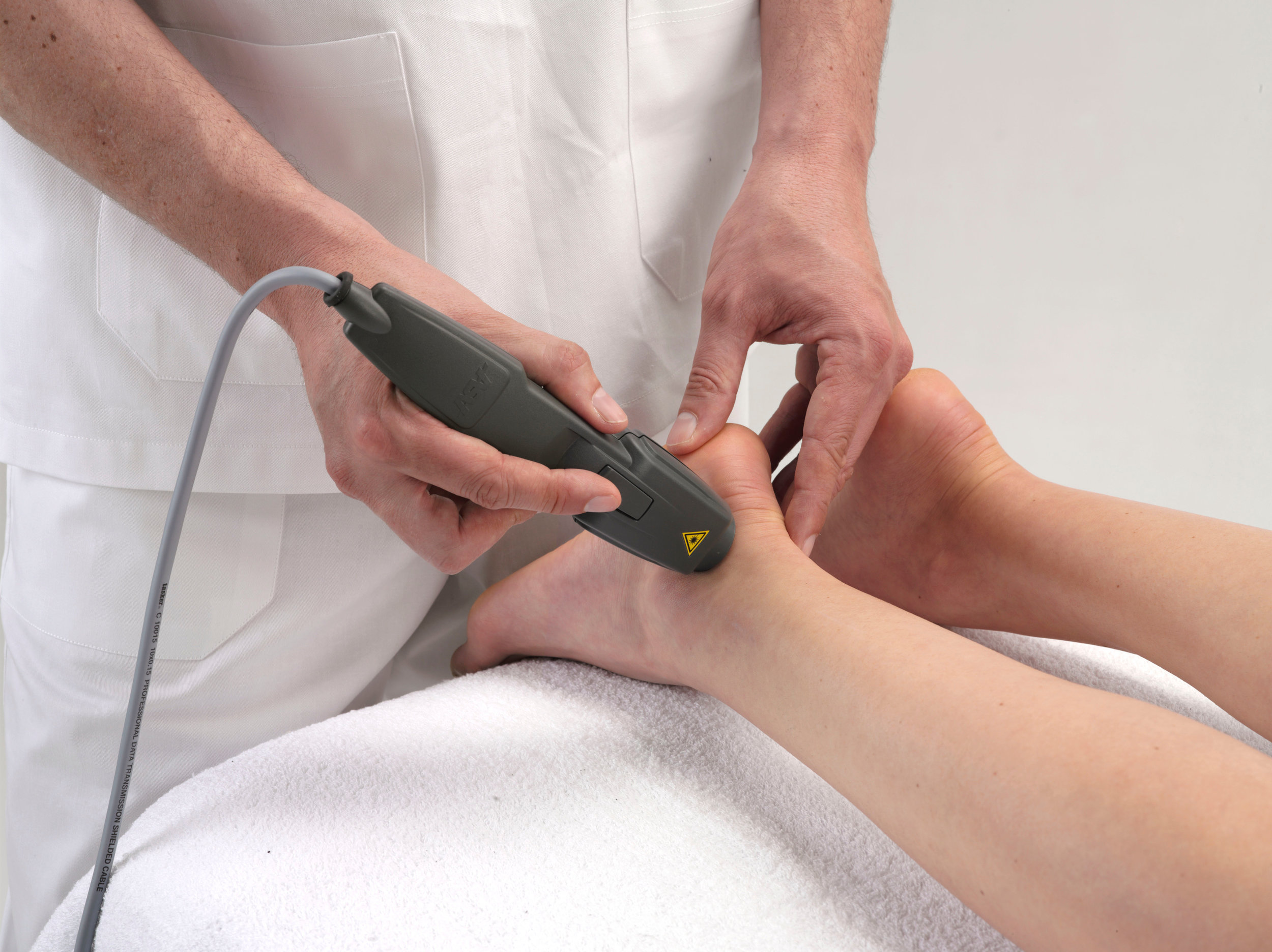
Laser Therapy for Sports Injuries
Understanding Laser Therapy for Sports Injuries
Laser therapy, also known as photobiomodulation therapy, is a non-invasive treatment that uses low-energy light to stimulate healing and reduce pain. It’s particularly effective for treating sports injuries, which can range from minor strains and sprains to more severe injuries like fractures and dislocations.
Types of Sports Injuries Treated with Laser Therapy
- Muscle injuries:
- Strains: Overstretching or tearing of muscle fibers
- Tears: Complete or partial ruptures of muscle tissue
- Cramps: Involuntary muscle contractions that cause pain
- Joint injuries:
- Sprains: Overstretching or tearing of ligaments
- Dislocations: Displacement of bones at a joint
- Bursitis: Inflammation of bursae, fluid-filled sacs that cushion joints
- Tendinitis and tendinosis:
- Tendinitis: Inflammation of a tendon
- Tendinosis: Degeneration of a tendon
- Stress fractures:
- Small cracks in bones caused by repetitive stress
- Common in athletes who engage in high-impact activities
What is Laser Therapy?
Laser therapy, also known as Low-Level Laser Therapy (LLLT) or Cold Laser Therapy, is a non-invasive treatment that uses specific wavelengths of light to stimulate tissue repair and reduce inflammation. It's often used for musculoskeletal conditions, including Achilles tendinitis.
How Laser Therapy Works for Sports Injuries
Reduces inflammation: Laser therapy helps decrease inflammation, which is a common cause of pain, swelling, and limited mobility in sports injuries. When you injure a tissue, your body’s immune system responds by sending white blood cells to the area. These cells release inflammatory substances that can cause pain and swelling. Laser therapy works by reducing the production of these inflammatory substances, which can help to alleviate pain and improve healing.
Promotes healing: Laser therapy stimulates tissue repair and regeneration by increasing blood flow to the injured area. This increased blood flow delivers oxygen, nutrients, and growth factors to the damaged tissue, which can help to promote healing and reduce scarring. Additionally, laser therapy can stimulate the production of new collagen, a protein that is essential for tissue repair and regeneration.
Relieves pain: By reducing inflammation and promoting healing, laser therapy can provide significant pain relief. This can help athletes to return to their sport more quickly and effectively, and reduce the risk of re-injury.
Achilles Tendonitis

Benefits of Laser Therapy for Sports Injuries
Laser therapy, also known as photobiomodulation therapy, offers several significant benefits for athletes recovering from sports injuries:
- Reduces pain: By decreasing inflammation and stimulating healing, laser therapy can provide significant pain relief, allowing athletes to return to their training and competition more quickly.
- Promotes healing: Laser therapy accelerates tissue repair and regeneration, helping to reduce healing time and minimize scarring.
- Improves range of motion: By reducing inflammation and improving tissue function, laser therapy can help restore range of motion and flexibility.
- Reduces swelling: Laser therapy can help reduce swelling and edema, which can be particularly beneficial for injuries like sprains and strains.
- Non-invasive: Laser therapy is a non-invasive treatment that does not require surgery or injections, making it a convenient and less risky option for many athletes.
- Minimal side effects: Laser therapy is generally well-tolerated with few reported side effects.
- Can be used in conjunction with other treatments: Laser therapy can be used in combination with other treatments, such as physical therapy or medication, to enhance recovery.
- Cost-effective: Laser therapy can be a cost-effective option compared to other treatments, such as surgery.
Overall, laser therapy offers a promising solution for athletes recovering from sports injuries. By reducing pain, promoting healing, and improving function, laser therapy can help athletes get back on the field faster and stronger.
Effectiveness of Laser Therapy
While laser therapy shows promise in treating Achilles tendinitis, research results are somewhat mixed. Some studies have shown positive effects on pain reduction and improved function, while others have found less significant benefits. It’s important to note that individual responses may vary.
Combining Laser Therapy with Other Treatments
Laser therapy is often used in conjunction with other treatment modalities for optimal results. These may include:
- Rest and ice: To reduce inflammation.
- Stretching and strengthening exercises: To improve tendon flexibility and strength.
- Over-the-counter pain relievers: For temporary pain relief.
- Orthopedic footwear: To provide support and reduce stress on the tendon.
Important Considerations
- Consult a Healthcare Professional: Before starting any treatment, it’s essential to consult with a doctor or physical therapist to determine if laser therapy is suitable for your condition.
- Qualified Practitioner: Ensure the laser therapy is administered by a trained and experienced professional.
- Realistic Expectations: While laser therapy can be beneficial, it’s not a miracle cure. Consistent treatment and adherence to other recommended therapies are crucial for optimal outcomes.
In conclusion, laser therapy can be a valuable tool in managing Achilles tendinitis. However, its effectiveness may vary depending on the individual and the severity of the condition. Combining it with other treatment approaches can enhance the healing process and improve overall outcomes.
